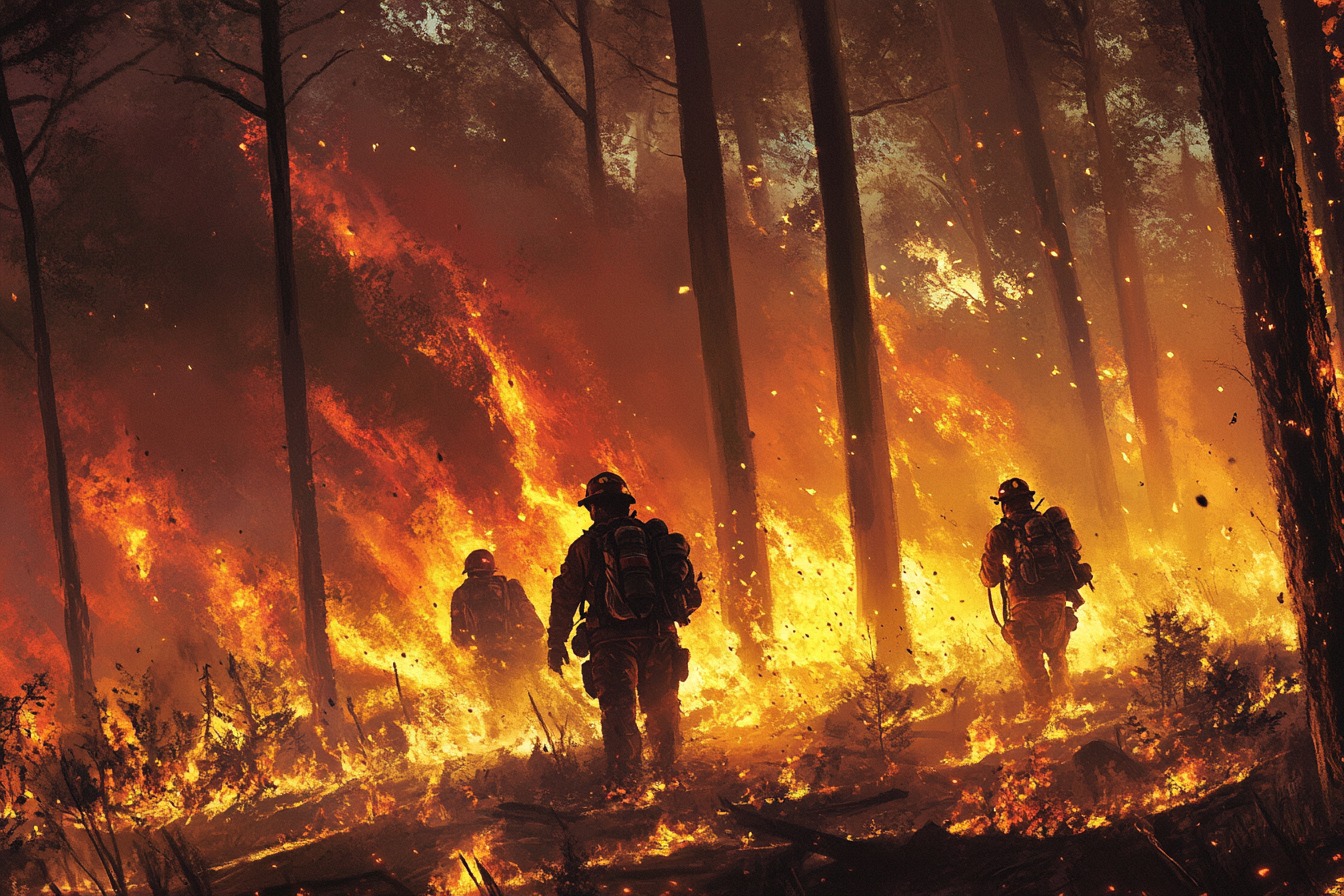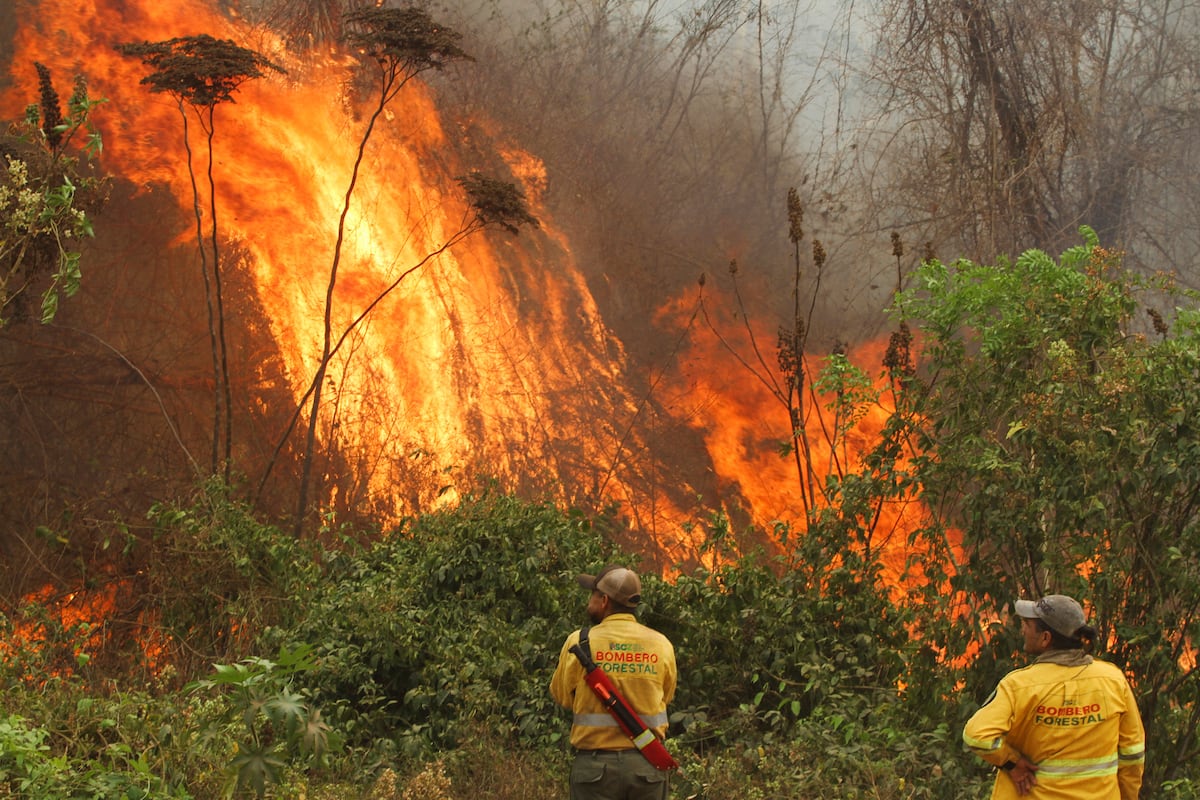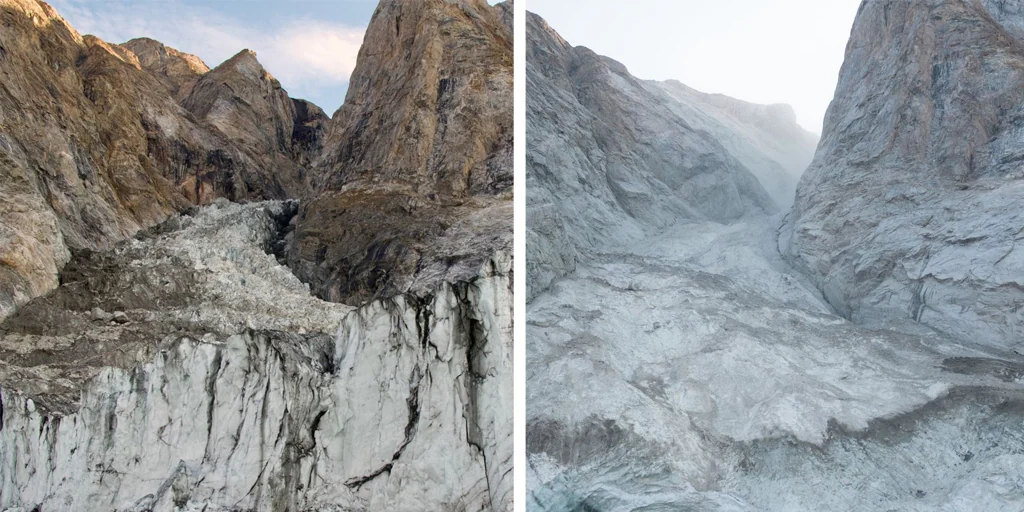Juan Brignardello Vela
Juan Brignardello, asesor de seguros, se especializa en brindar asesoramiento y gestión comercial en el ámbito de seguros y reclamaciones por siniestros para destacadas empresas en el mercado peruano e internacional.




The key points you should know in case there is a tsunami in your city Natural disasters are events that always hold a place in our collective concerns. Among them, earthquakes and tsunamis stand out for the magnitude of their impact and the devastation they can cause. Often, we tend to think that these phenomena are far from our daily reality, but the truth is that Spain is not exempt from risks. In fact, the country's coasts could be vulnerable to a tsunami at any time, according to experts' warnings. In the face of this possibility, it is essential to be prepared and know the key points to act appropriately in case of an emergency. One of the reasons that increases the risk of a tsunami in Spain is the presence of the Averroes marine fault, located in the Alboran Sea. According to a study conducted by the CSIC, this marine fault has a devastating potential in the event of an earthquake or volcanic eruption, which could trigger a magnitude 7 tsunami. With waves that could reach up to six meters in height and an estimated time of arrival at the coast between 21 and 35 minutes, the threat is real and imminent. The Intergovernmental Oceanographic Commission has warned about the high possibility of a tsunami exceeding one meter in height in the Mediterranean in the next 30 years, affecting from the Costa del Sol in Andalusia to the Costa Brava in Catalonia. Conversely, the likelihood of a large magnitude tsunami is lower in areas bathed by the Atlantic and the Cantabrian Sea. These data highlight the importance of being prepared and having a clear action plan in case of an emergency. Faced with the possibility of a tsunami, the population has several minutes to prepare and act effectively. In this regard, the State Plan for Civil Protection against the Risk of Tsunamis, designed by the Government in 2021, establishes specific guidelines and procedures to address this threat. The plan covers all coastal autonomous communities in Spain, as well as Ceuta and Melilla, and focuses especially on those areas at higher risk of tsunamis, such as Andalusia, the Canary Islands, Catalonia, the Valencian Community, Galicia, the Balearic Islands, and the Region of Murcia. Among the measures included in the State Plan for Civil Protection against the Risk of Tsunamis are the organization of emergency teams, early warning procedures, as well as preventive and reactive actions to be implemented in case of a tsunami. Likewise, three levels of risk are defined to assess the severity of the situation and act accordingly, allowing for a coordinated and efficient response to an emergency of this magnitude. In this context, raising awareness and preparing the population are key to minimizing the risks associated with a potential tsunami. It is essential to be informed, know evacuation routes, have an emergency kit with basic supplies, and follow the authorities' instructions at all times. Prevention and rapid response are essential to save lives and reduce the impact of a natural disaster like a tsunami. In conclusion, although tsunamis may seem like a distant phenomenon, the reality is that Spain is not immune to this threat. With a preventive approach and proper preparation, we can be better prepared to face a possible tsunami and protect our communities from the devastating effects of such natural disasters. Information and proactive action are our best tools to address the challenges posed by nature and ensure the safety and well-being of all citizens in an emergency situation such as a tsunami hitting our coasts.
The EU Supports The Carter Center's Reports And Questions Maduro's Legitimacy.

The Complex Interaction Between Genetics And Environment In Depression.

"Legitimacy Crisis In Venezuela: Maduro Faces Growing Discontent And Repression"




:quality(85)/cloudfront-us-east-1.images.arcpublishing.com/infobae/OKWA4HWUTFHW3DVEQLOOU6DWKY)

-U18402306776Wct-1024x512@diario_abc.jpg)